7 Enterprise Applications for Companies Using Cloud Technology
Smart Data Collective
AUGUST 30, 2022
The sudden growth is not surprising, because the benefits of the cloud are incredible. Enterprise cloud technology applications are the future industry standard for corporations. Cloud computing has found its way into many business scenarios and is a relatively new concept for businesses. Multi-cloud computing.



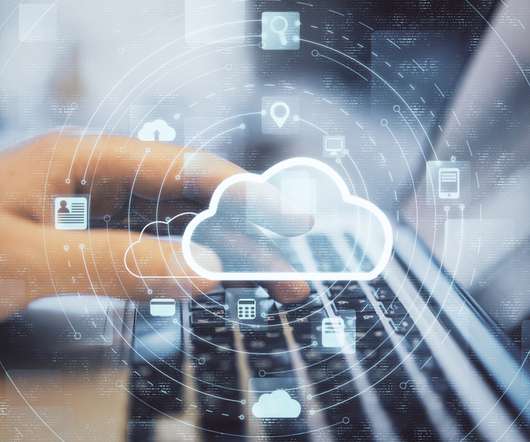
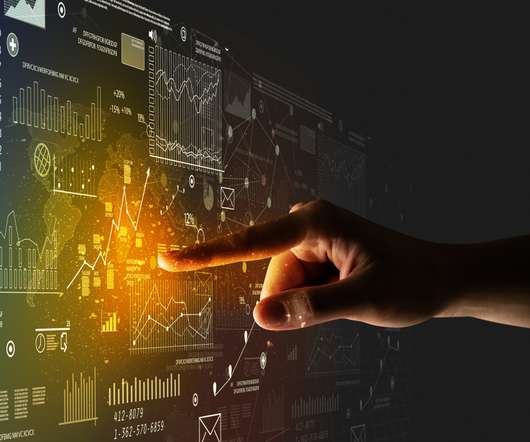
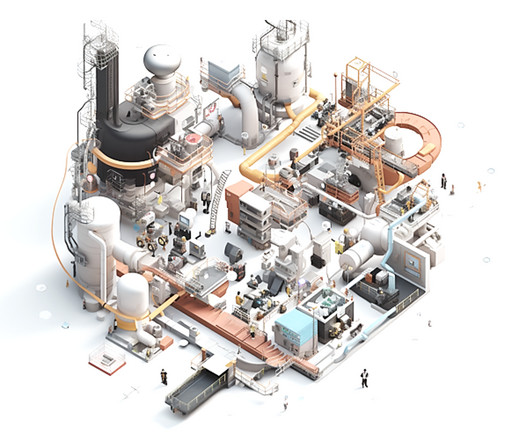
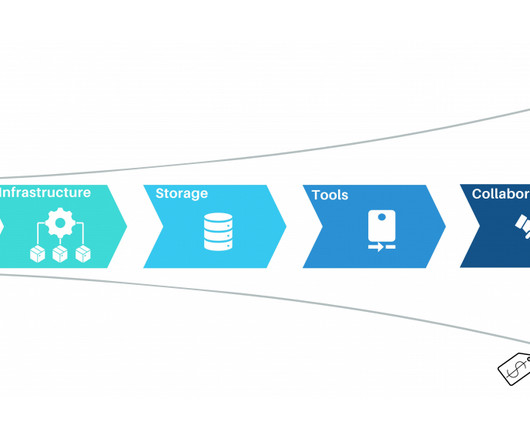

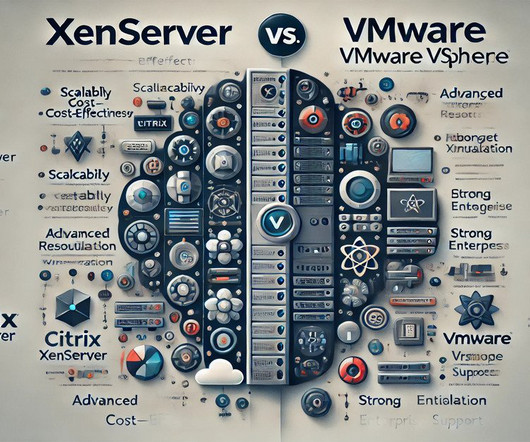

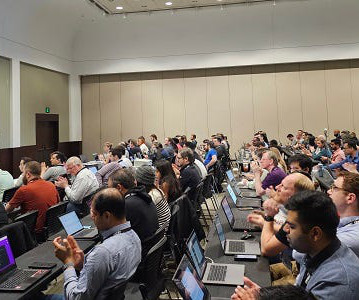

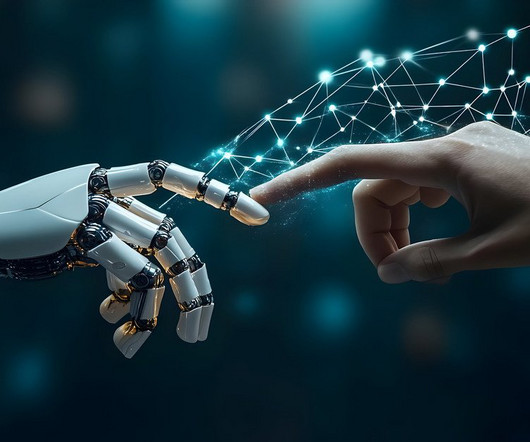








Let's personalize your content